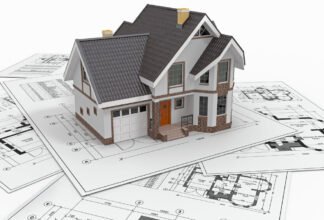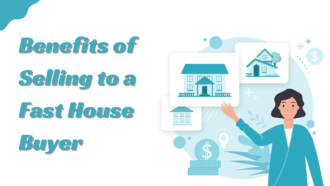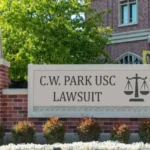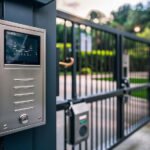Flipping Commercial Real Estate for Profit: A Short Guide for Investors
Due to better rental rates and longer leases, CRE has a greater profit potential than residential properties. In fact, according to Revolution Realty Capital, a real estate investment firm, CRE returned an average of 9.5% between 2015 and 2023, while the real estate industry only averaged 7.8% within the same period. Flipping commercial real estate is a profitable investment option for investors who are willing to learn the ropes.
What can you do as a flipper to profit from the CRE sector?
Guide for Investors About Commercial Real Estate for Profit
Finding the right properties
When it comes to CRE flipping, the most important thing is finding suitable properties.
Focus on Class B properties—properties located in good markets but not yet high-end. Because these properties are not yet high-end, you can improve their quality, thereby increasing their value. Likewise, because they are in good markets, you can be sure that there will be demand.
It’s best to avoid Class A properties since they are already high-end, and there are little to no opportunities to increase their value. Similarly, Class C properties should be excused since they are not located in good markets where they can generate demand.
Paying the right price
Once you have located the suitable properties, the next step is to ensure you don’t overpay for them.
There is a 70% rule in real estate, which states that the maximum price you should pay for a property (as a flipper) is 70% of the after-repair value (ARV) minus the rehab costs. So, if the ARV is $1,000,000 and the rehab costs are estimated at $200,000, the maximum offer price should be $560,000 (70% of $800,000).
The after-repair value is what you think the property will be worth after all necessary rehabilitations. You can get this value from a real estate agent or by checking out the current prices of comparable properties.
There is another method for calculating the right price for a property – maximum allowable offer (MAO). MAO is equal to the ARV minus fixed costs – rehab costs – desired profit.
Fixed costs represent the costs of holding the property between purchase and final sale. They include title fees, insurance, utilities, taxes, and other related expenses. The desired profit is a percentage of the ARV.
Continuing with our example, if fixed costs total $100,000 and the desired profit is 10% of ARV, then the MAO will be $600,000 ($1,000,000 – 200,000 – 100,000 – 100,000).
Rehabilitating for profit
Flipping is all about adding value to existing properties. So, when rehabilitating, focus on improvements that will add value to the final customer. If the final customer cares more about a bigger parking space, then you can’t ignore that while focusing on sustainable electricity, for example.
This process might require that you talk to real estate agents or do a survey among potential buyers to know the kinds of improvements they will consider valuable.
Sell at the right price
The correct selling price is the ARV you used when doing your calculations. If you have good negotiation skills or can hire an agent who does, you can even sell at a price higher than your ARV.
Situations may require you to sell below the final price (a recession may have happened while you are repairing the property). You may choose to sell at a lower price instead of incurring more holding costs and waiting for a recovery that might arrive late.
One caveat
In today’s CRE market, only investors who can quickly access earnest money deposits can buy choice properties. If you are looking to build a profitable portfolio, you need a source that can provide EMD quickly.
Duckfund is a financing company that specialises in earnest money deposit financing. You can get an EMD for each of your deals within just 48 hours. The application only takes two minutes, and you don’t need to provide a credit report.
There is a lot of money to be made in the CRE market. Get your EMD handy and go and profit.


















